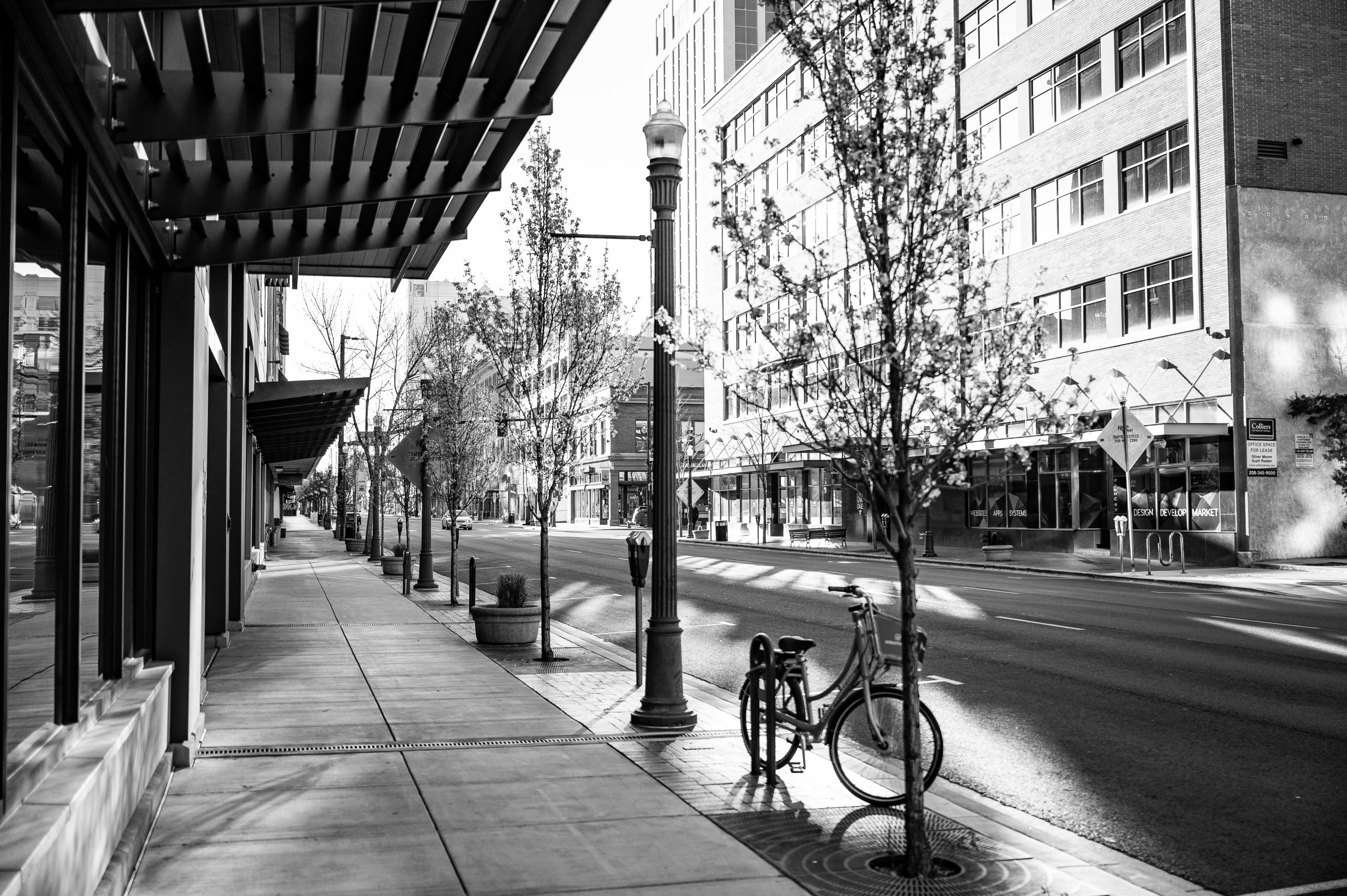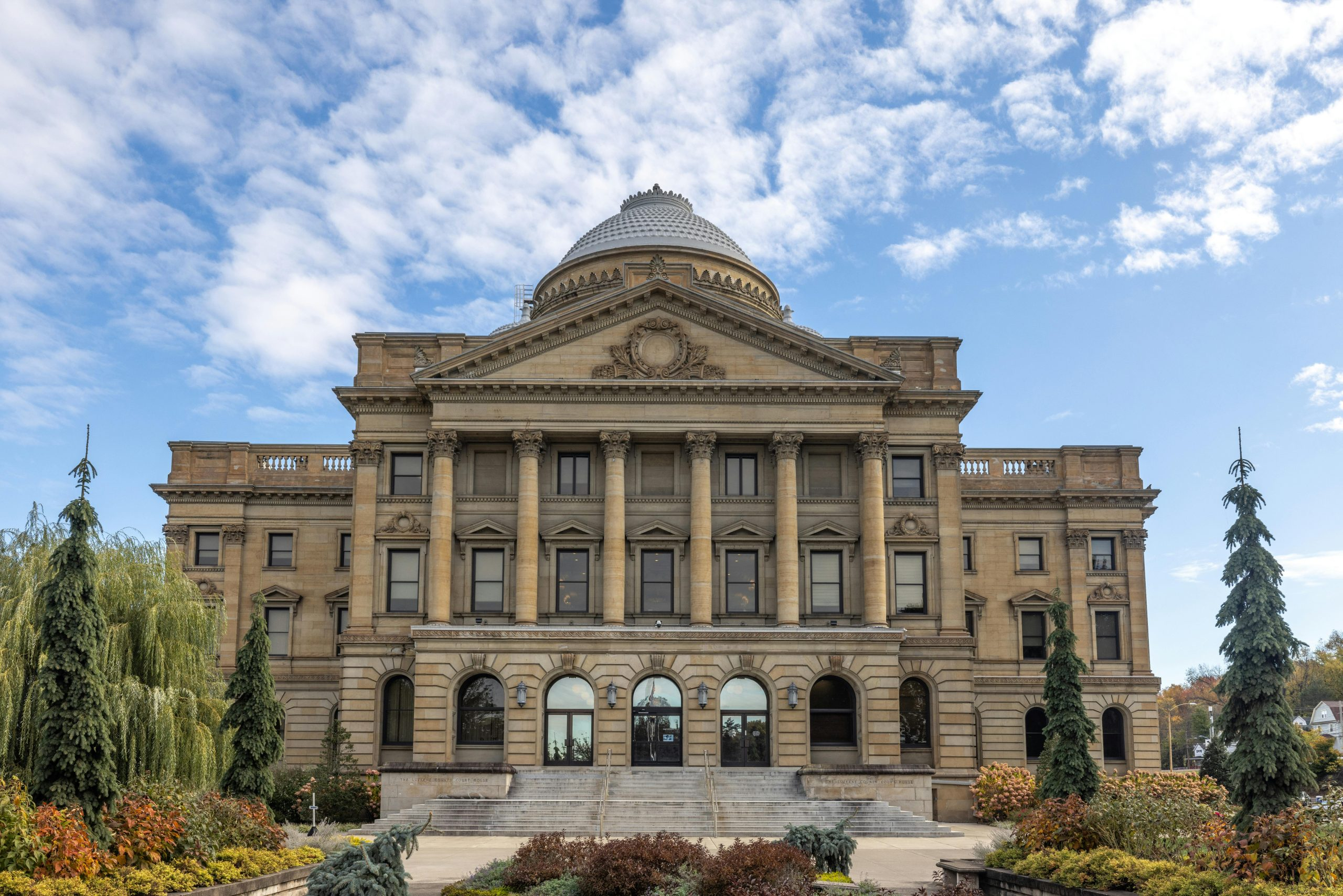Innovative Uses for Unused Public Land for Housing
Public land is an often overlooked resource when it comes to housing. With the growing population and the increasing demand for housing, it is vital to find innovative solutions to utilize unused public land. While we often associate public land with parks, forests, and other recreational areas, there is a significant amount of unused public land that has great potential for housing development. In this article, we will explore some innovative uses for unused public land for housing and how it can address the current housing crisis.
Transforming Parking Lots into Affordable Housing Communities
Parking lots are a common sight in most cities, taking up vast amounts of space that could be used for other purposes. These vacant lots, owned by either the government or private companies, are often underutilized and can be transformed into affordable housing communities. This idea has already been successfully implemented in cities like Portland and Atlanta, where parking lots have been converted into mixed-income and affordable housing units.
Benefits of Transforming Parking Lots into Housing
The primary benefit of using parking lots for housing is that it provides much-needed space in urban areas for residential development. It also eliminates the need for individuals to commute from the outskirts of the city to their workplace, reducing traffic congestion and overall carbon footprint. Additionally, converting parking lots into housing can also provide affordable housing options for low-income individuals and families, helping to alleviate the growing issue of homelessness.
Utilizing Public Land for Tiny Homes
Tiny homes have become increasingly popular in recent years, seen as a solution to housing shortages and rising housing costs. These homes, typically between 100 and 400 square feet, are ideal for individuals or couples who are looking for a more affordable and minimalist lifestyle. Public land, such as vacant lots or underutilized parks, can be utilized for tiny home communities, helping to address the lack of affordable housing options.
The Benefits of Tiny Home Communities on Public Land
Aside from providing affordable housing options, tiny home communities on public land can have a positive impact on the environment. These homes are more energy-efficient and have a significantly smaller carbon footprint compared to traditional homes. They also promote community living and have been proven to be a more sustainable and affordable option for low-income individuals.
Installing Modular Housing on Public Land
Modular housing has become increasingly popular as a solution to the housing crisis, as it offers a quick and cost-effective way to provide housing. These pre-built homes are constructed off-site and can be easily transported and assembled on vacant public land. It is an innovative and efficient use of public land that can provide affordable housing options in a short amount of time.
The Advantages of Modular Housing on Public Land
Modular housing on public land has several advantages, the most significant being its cost-effectiveness. This type of development can be done in a fraction of the time and at a significantly lower cost compared to traditional housing. Additionally, because it is built off-site, it reduces the impact on the environment and can be completed more efficiently with the use of sustainable materials.
Creating Mixed-Use Developments on Unused Public Land
Mixed-use developments are becoming increasingly popular, especially in urban areas, as they provide a blend of housing, commercial, and retail spaces in one development. Unused public land, such as old parking lots, abandoned buildings, or underutilized parks, can be transformed into mixed-use developments, providing a diverse range of housing options for different income levels.
The Benefits of Mixed-Use Developments on Public Land
Mixed-use developments on public land can help create a more livable and sustainable city. It promotes walkability and reduces the need for individuals to commute, reducing carbon emissions and traffic congestion. Furthermore, mixed-use developments can also provide economic benefits, as they attract businesses and create job opportunities in the area.
Conclusion
Innovative solutions are needed to address the growing housing crisis, and utilizing unused public land is one way to provide affordable and sustainable housing options. From transforming parking lots into housing communities to creating mixed-use developments, there are several ways in which public land can be utilized for housing. By thinking outside the box and taking advantage of these underutilized resources, we can work towards solving the current housing crisis and creating more livable and sustainable communities.











